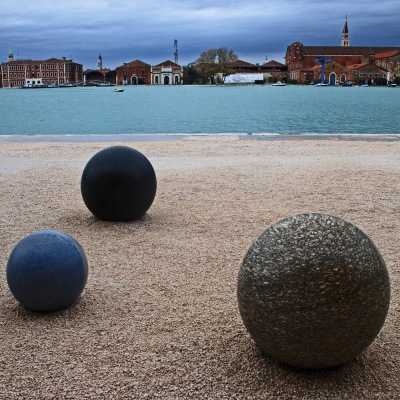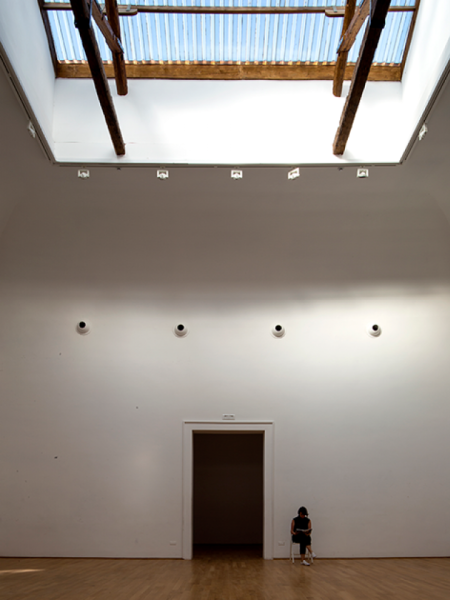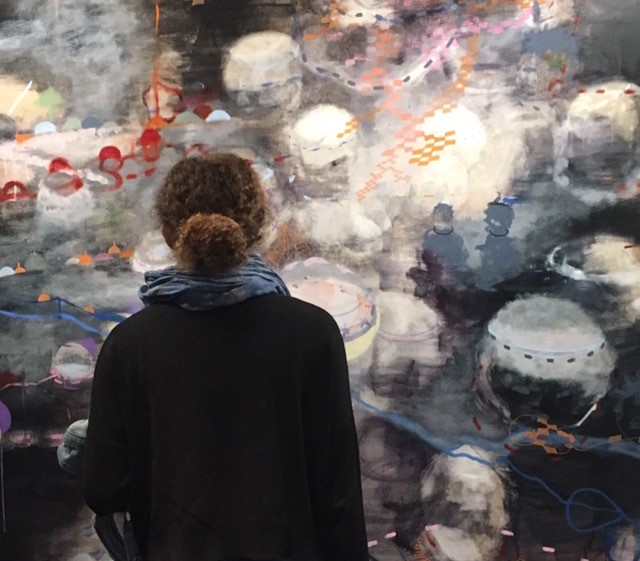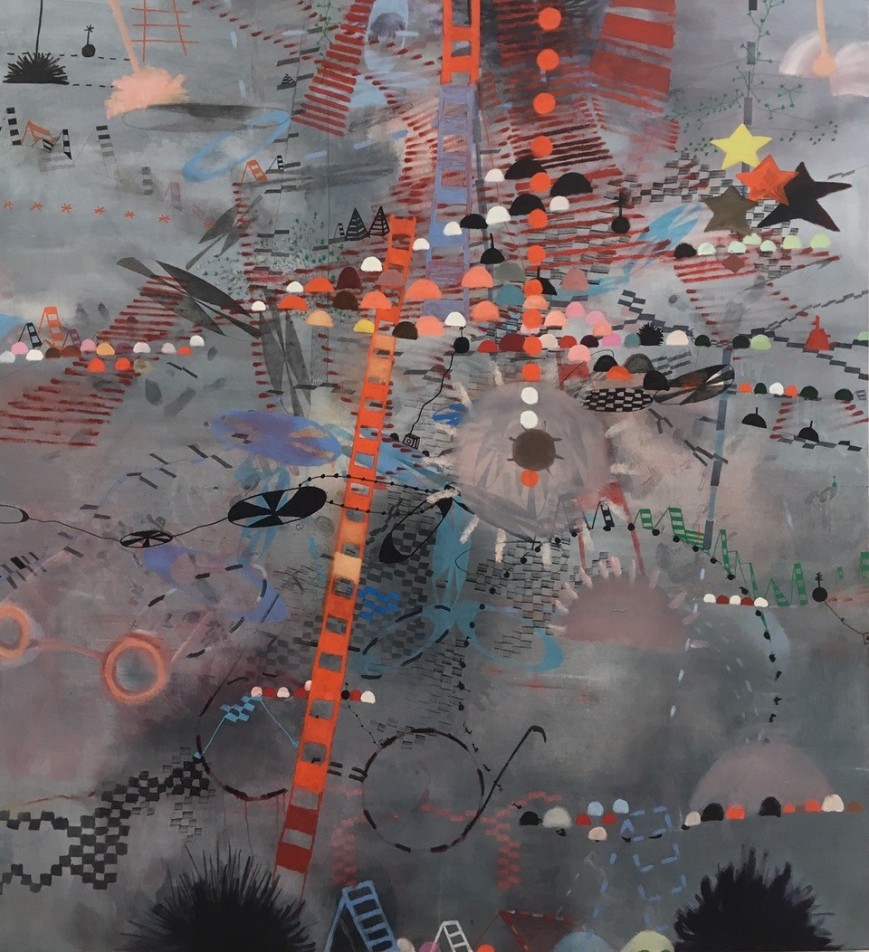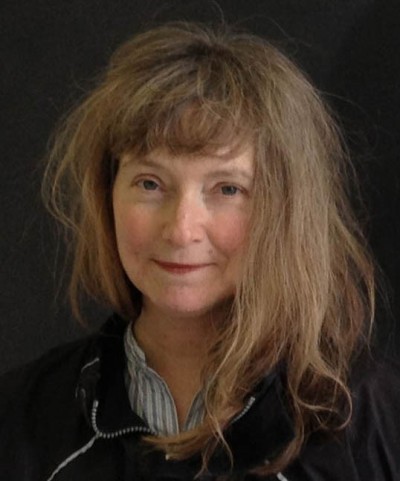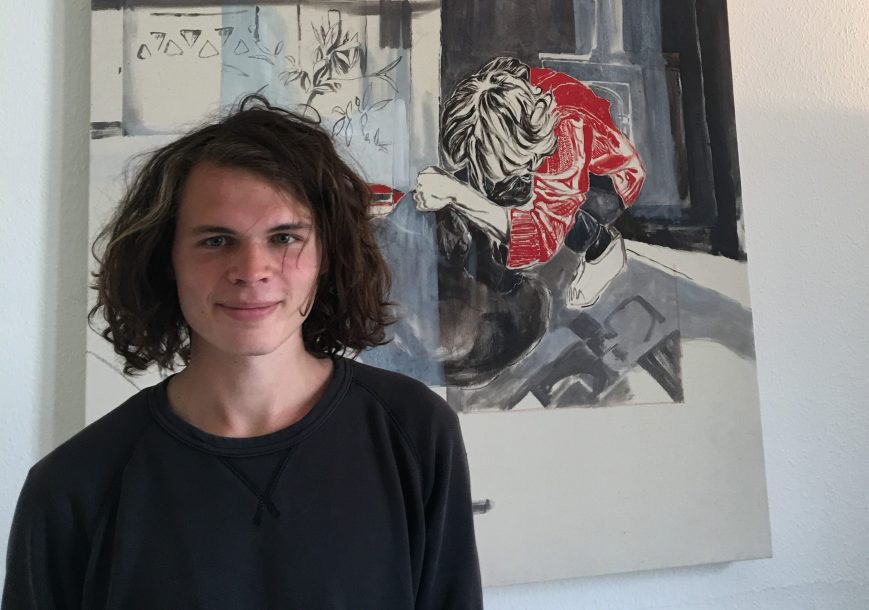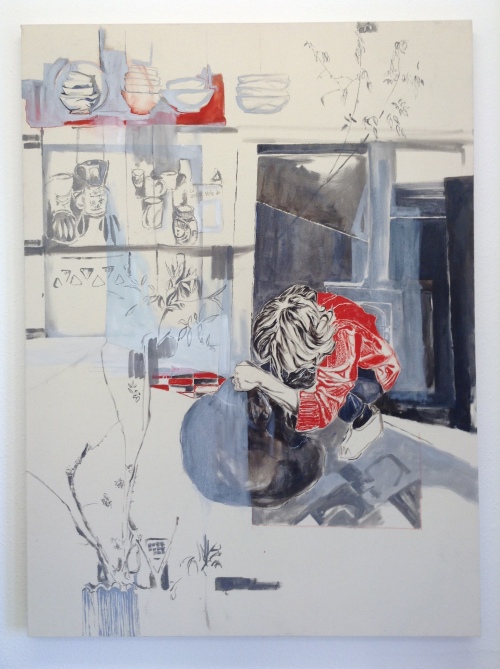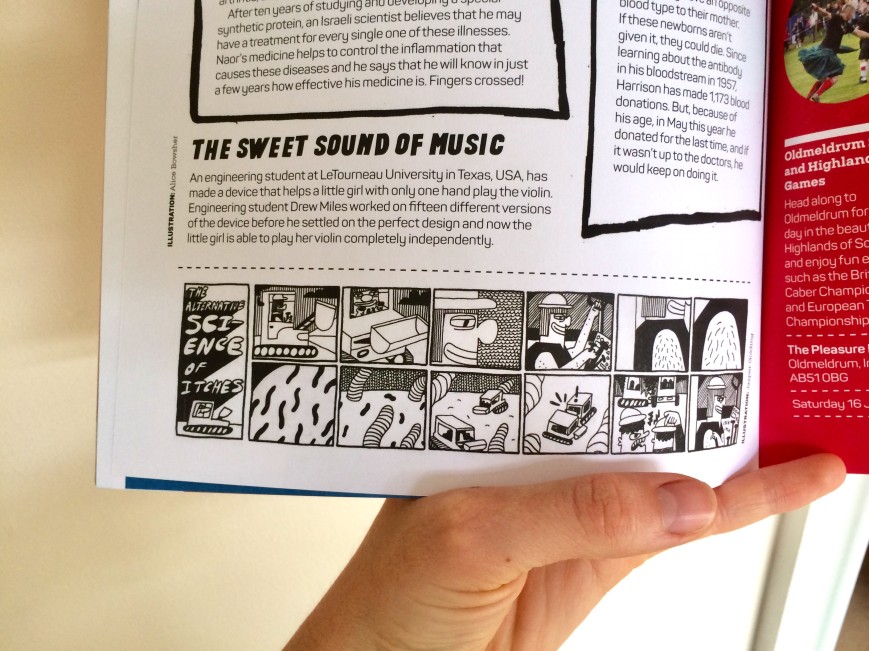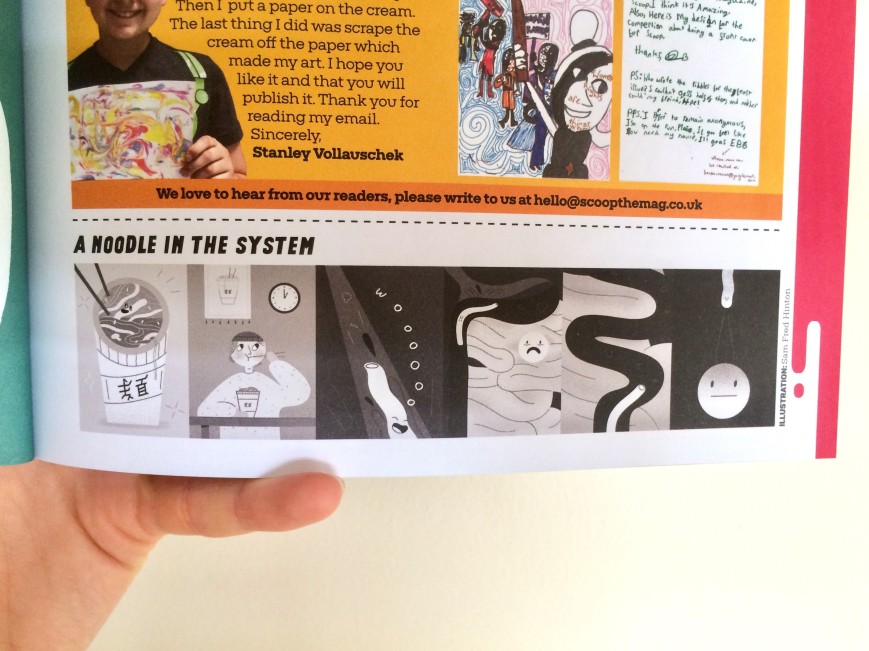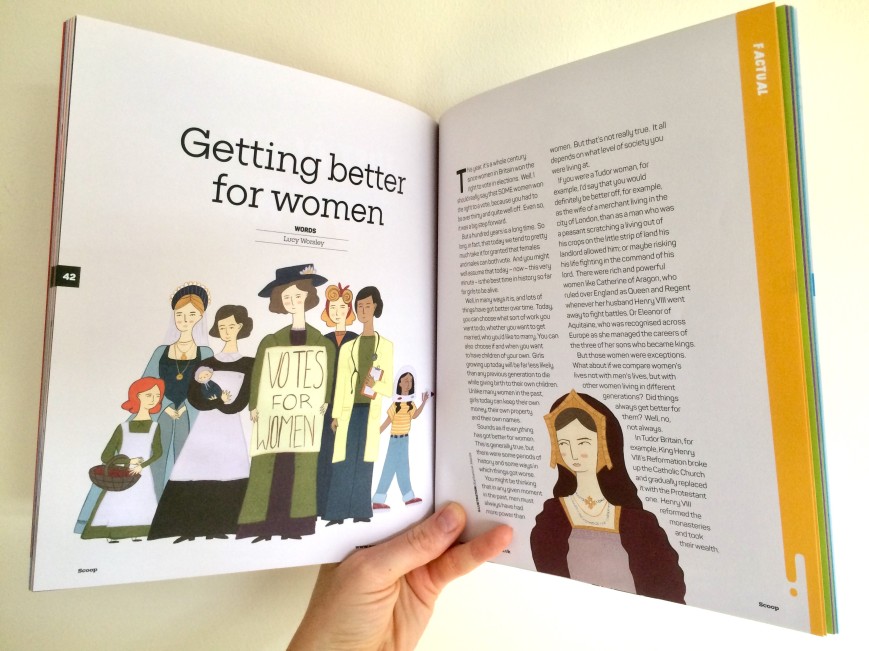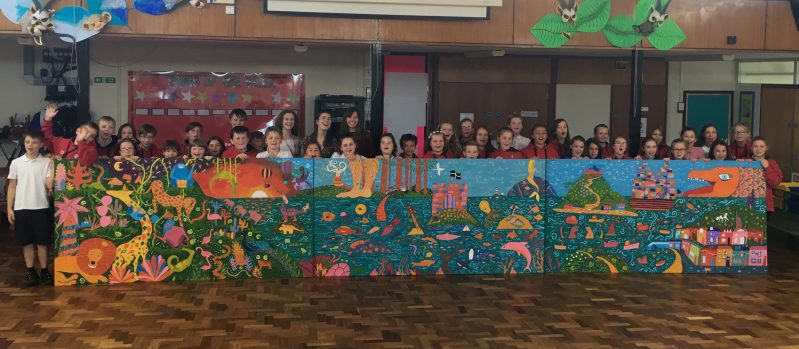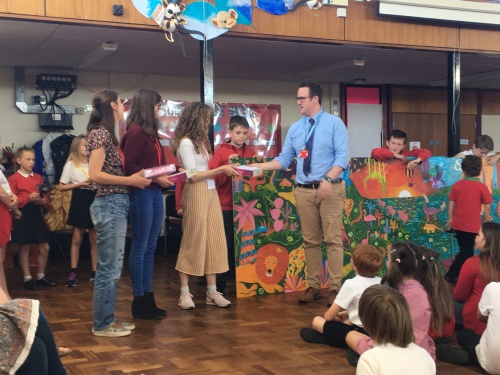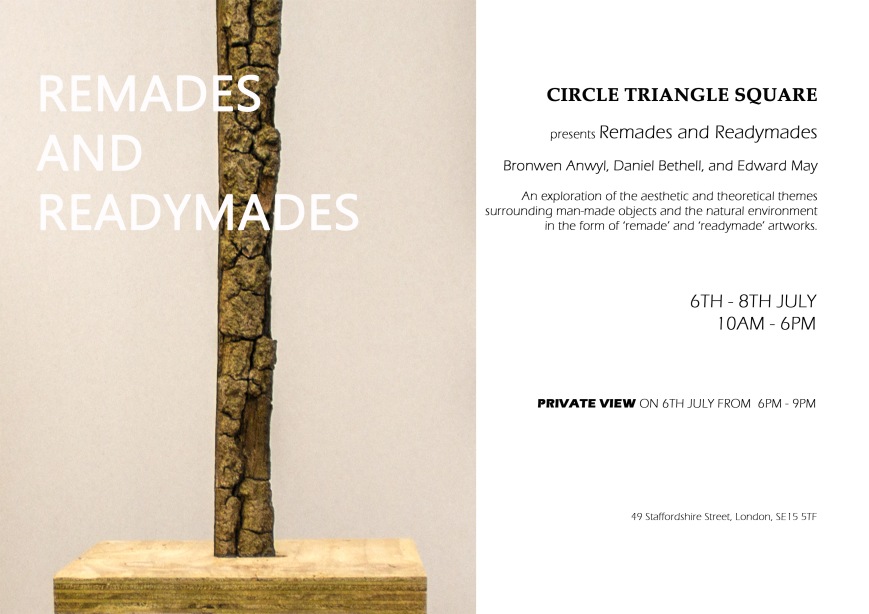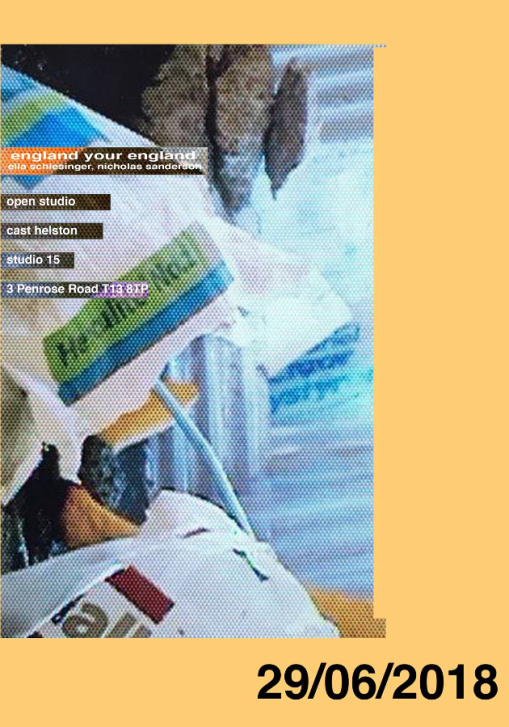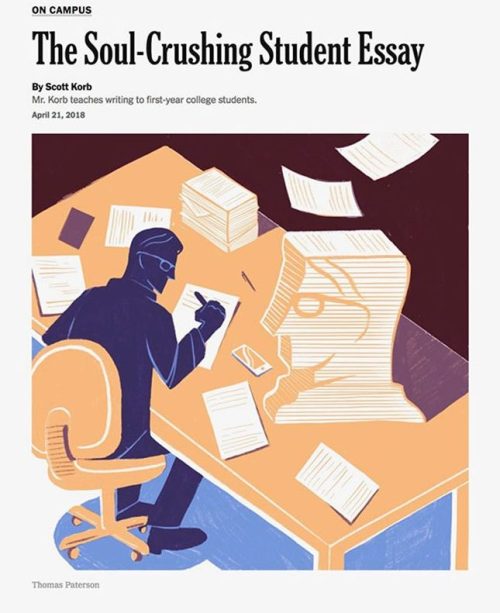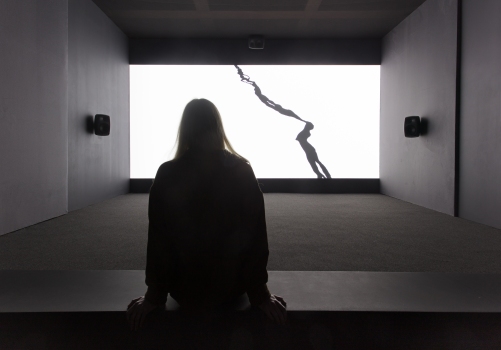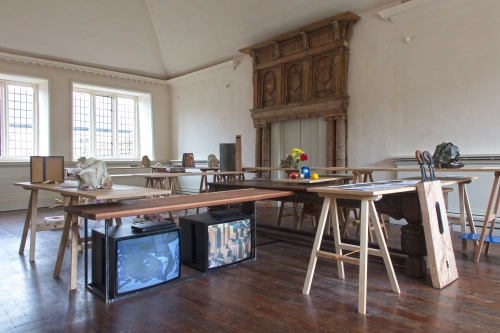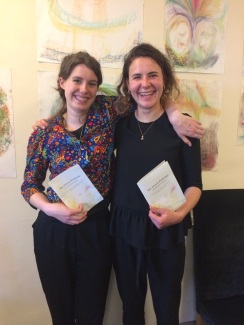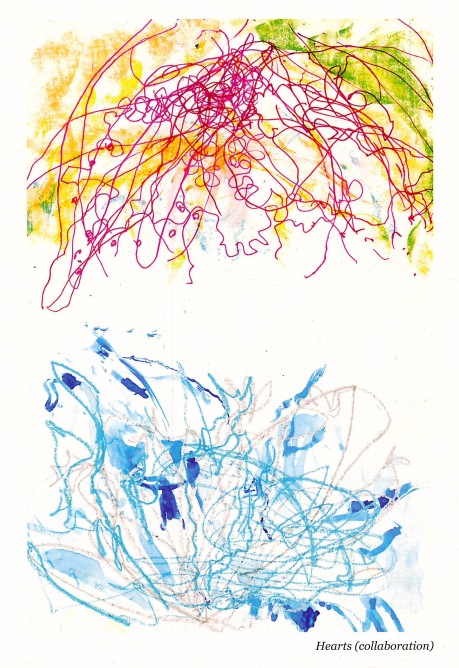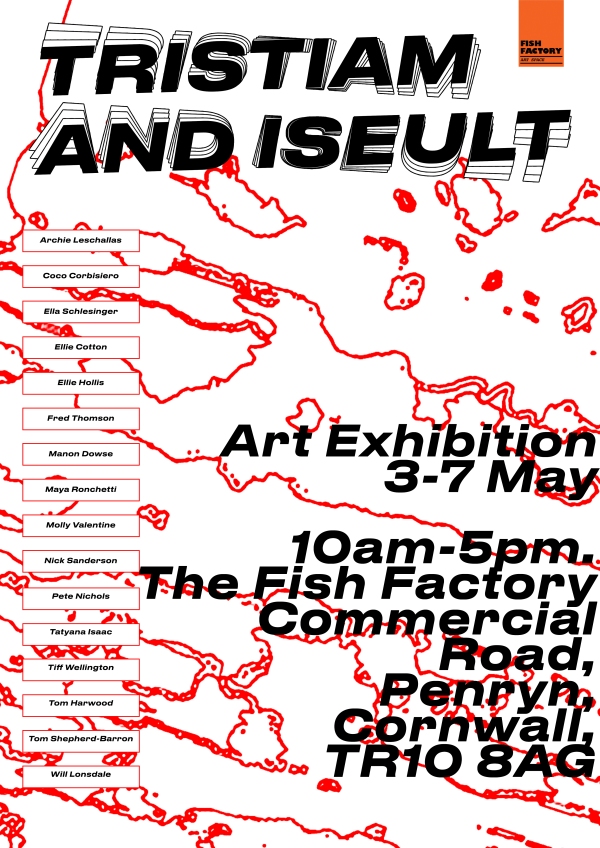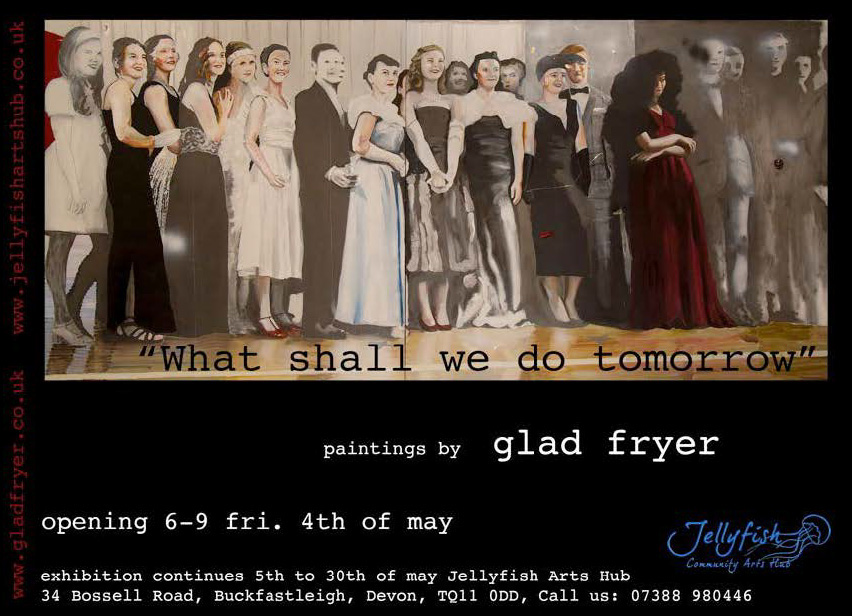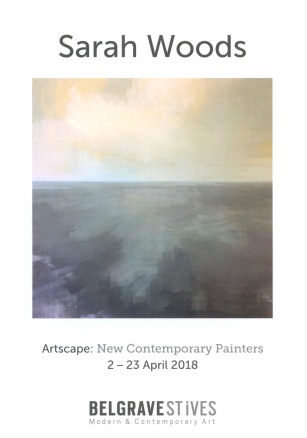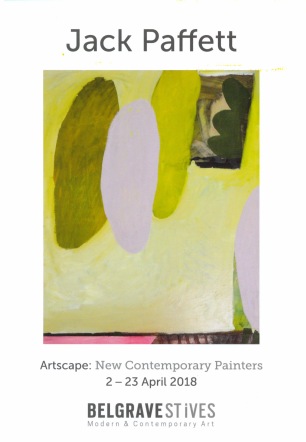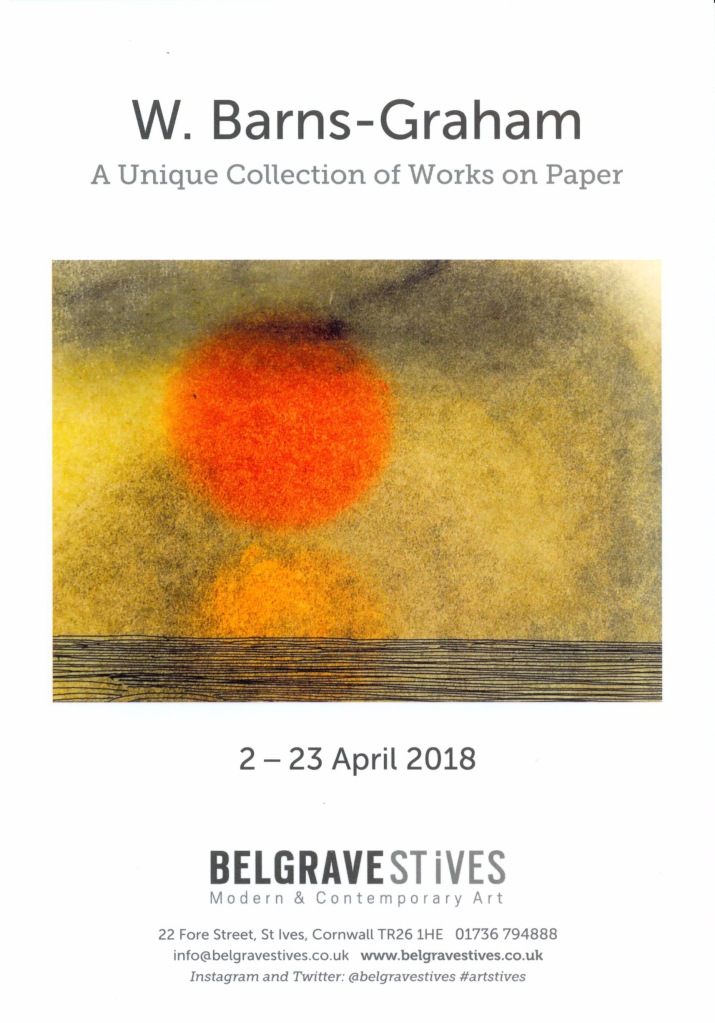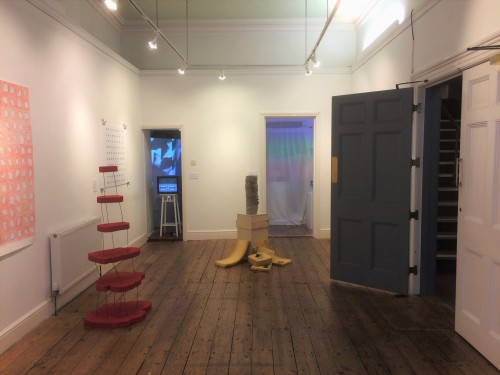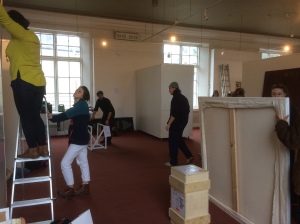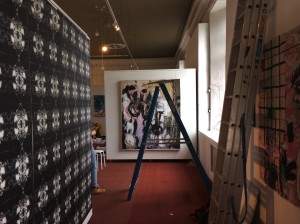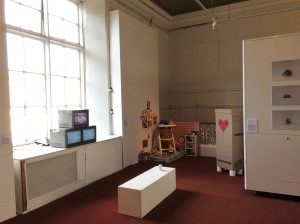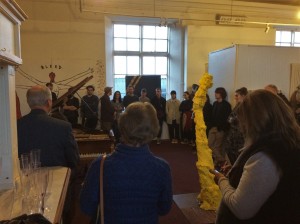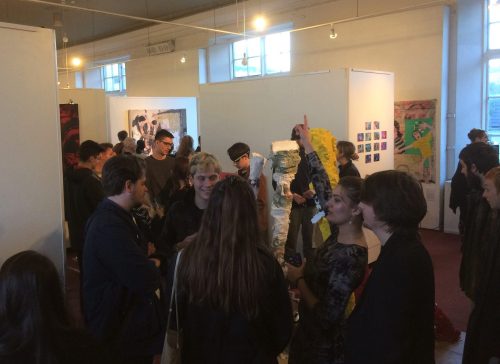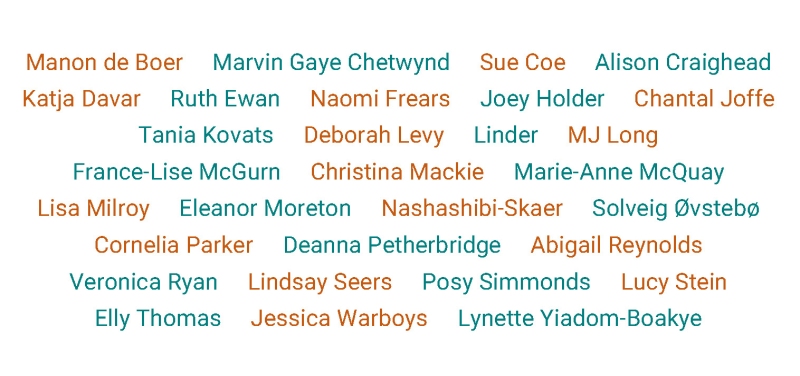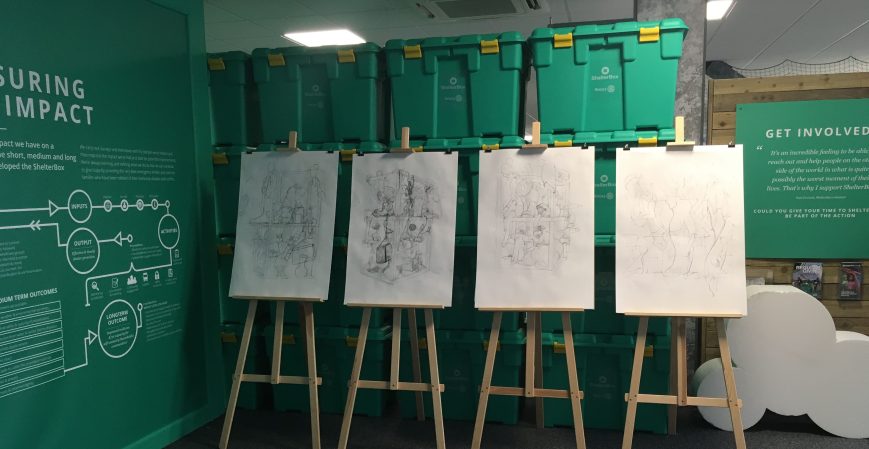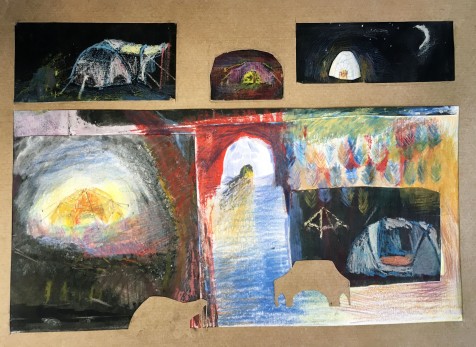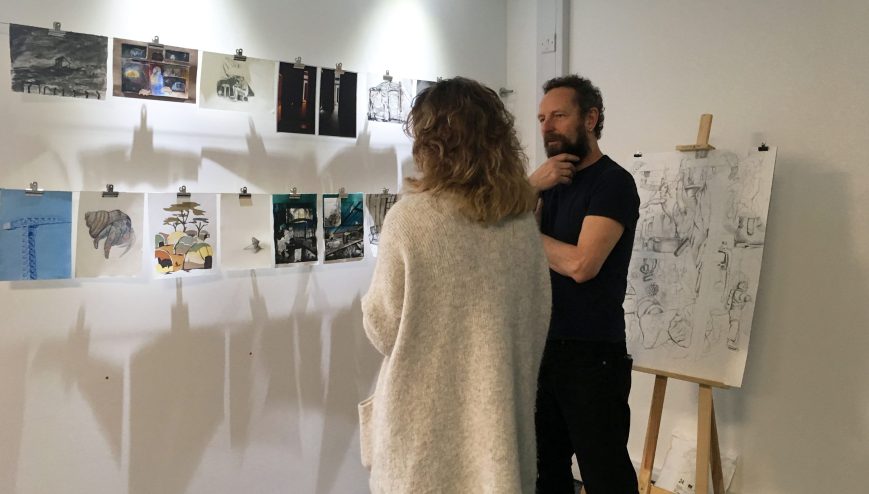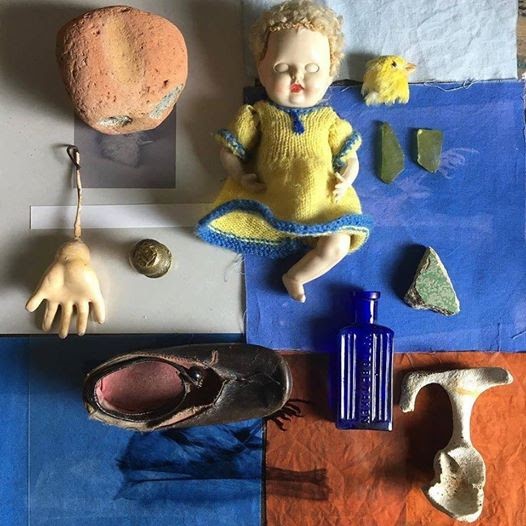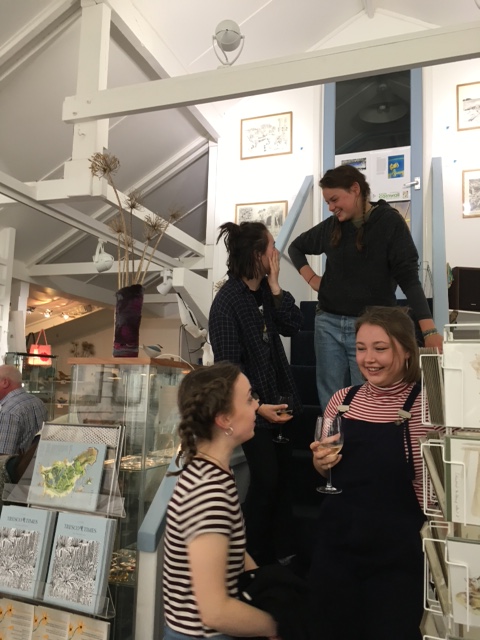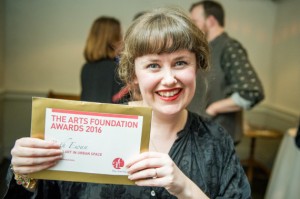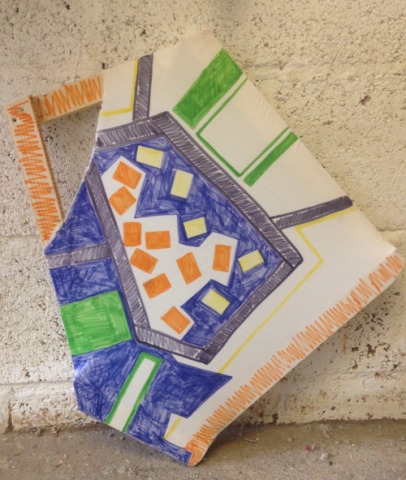Katie Sims graduated from BA(Hons) Fine Art at Falmouth in 2010. Since then she has pursued her art, enjoyed competition and exhibition success and had a spell teaching. She reflects on her time at Falmouth, and talks to us about her life as a professional artist…

Katie Sims
Describe your life since graduating back in 2010…
Things kicked off for me when I was selected for Saatchi’s New Sensations and the Midas Award, two competitions that afforded critical exposure and led to further opportunities to show and collaborate with curators and galleries. The Midas Award provided tremendous professional support during that daunting first year with the prize at that time including a solo exhibition, materials grant and yearlong mentorship programme through Falmouth University. None of this would have happened had I not entered those, proving it’s worth putting yourself forward for things.

Trinity After Ribera and Portal (Opening Gambit, Hoxton Art Gallery, London, 2010), Image courtesy of Hoxton Art Gallery
That led me to establish a working relationship with Hoxton Art Gallery (2011-13). At the time, Hoxton was a new venture and I made work for their launch show. We grew together; things went well and they asked me to be one of their represented artists. We were a good fit and shared a similar ethos so I accepted. The gallery acted as my agents, taking care of all sales, promoting my work, providing exhibiting opportunities and inclusion in key art fairs and events whilst I was able to concentrate solely on painting. For that privilege I promised exclusivity to them, and they would take a commission on all sales. One of the highlights was my solo show, Opening Gambit. I spent 9 months working toward this exhibition and to see the work in situ and how the public responded was moving. It completed the whole cycle for me.
One of the biggest challenges has been trying to create freely whilst feeling the pressure of deadlines and accountability.
I started teaching art to sixth form students in 2013 in order to have more social contact and a regular income alongside painting. Three years later, with a PGCE now done and a ton of experience and newfound knowledge about my work, and myself, I’m shifting the emphasis back to painting. My experience of teaching was brilliant, but I struggled to balance both careers with equal intensity. I still want to teach though; perhaps as an artist that delivers workshops in schools. I loved working with my students.
What are you working on now?

Fleeting Agony, oil on panel, 24x30cm (2010)
I’m working on a new body of paintings to exhibit. I’ve also been archiving my work and recently launched a new website – www.katiesims.co.uk. Revisiting ten years worth of work has been cathartic and essential, allowing me to notice which pictures resonate most with me now. For example, I made a painting whilst at Falmouth called Fleeting Agony, the first picture that was discovered through the process of painting. It remains a monument to what I’m trying to do now – taking on my historic influences, memories and experiences as they affect me now. Trying to fix the quiddity of that impression rather than objective reality.

Osmosis, oil on panel, 24x30cm (2017)
What is a typical day for you?
Studio, studio, studio. I need to be here and cut off from life outside in order to focus. Large parts of my day are spent thinking rather than physically painting. When I do pluck up the courage, I have a window of a few hours to get something down. It’s always been that way, even as a student. The process itself is full of risk and I’ve watched many paintings close down from overworking or overthinking them, but sometimes you have to sacrifice things in order to potentially realise something greater. I’m always learning and each painting proposes a new challenge, leading me on to the next. As I’ve matured I’ve learnt creative down time and play is as important as production, otherwise you burn out. You need to keep nourishing yourself as an artist to remain fresh and engaged. I love to walk and go off exploring new places. These trips feed my work and keep the days varied.

Trinity after Ribera, oil on panel, 30x24cm (2012) Image courtesy of Hoxton Art Gallery.
What’s next for you?
I’d like to kit out a van and create a portable studio to travel around Spain. I’ve returned to the country each year since winning The Ford Award in 2012 (a travel bursary to study at the Prado in Madrid) – it’s my second home. As time goes on there is something about the landscape, the people, and the light that is of interest and speaks directly to me. I have a collection of drawings, some from life, some from memory which I intend to re-familiarise myself with and work into paintings too.
Why did you choose to study at Falmouth?
I needed a supportive environment where I could really focus on exploring my ideas with fewer distractions. Falmouth instantly felt right. As students we were spoilt – top facilities, resources and tutors available to us. Such accessibility and personal relationships with staff are rare to come by. It’s what makes it unique. I knew I would be a person here and not a statistic.
What is your favourite memory from studying at Falmouth?
There are so many, and the most precious for me seem to be in the everyday stuff. I remember walking the tree-lined passage to the Falmouth Campus at Woodlane from my home in Falmouth each day. The light present in my studio building, the buzz surrounding the campus, everyone doing something different – it was a remarkable, concentrated moment in my life. I look back with fondness. They all stay with me.
How did Falmouth influence your career?
Falmouth gave me the space required to find my own language. Its strength as a university is in encouraging each student to have the confidence to do this. I left with a definite sense of who I am and the type of work I want to make.
I also gained a remarkable set of friends, which continues to stand the test of time. Anyone that studies here is part of something bigger, akin to family. When you meet a former Falmouth student, regardless of age or course, you share an instant connection.
If you had to give one piece of advice to a new Falmouth student, what would it be?
Studying at Falmouth is a brilliant opportunity in a truly inspiring place, make every moment count and experience it to the fullest.


